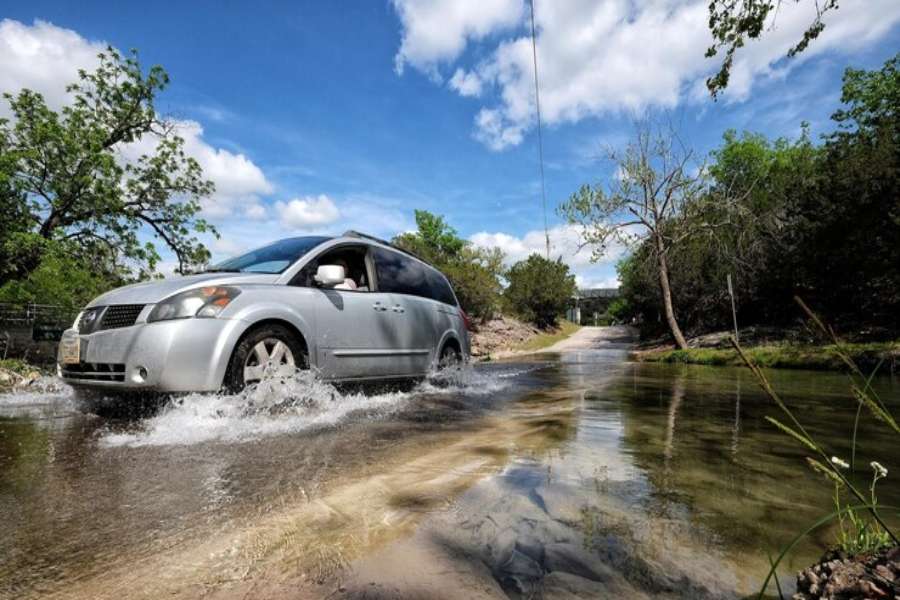Introduction
Installing body kits is one of the most popular ways to modify your car. These upgrades do more than change the look of your vehicle. They add personality, sportiness, and sometimes even performance benefits. But once you’ve installed your chosen car body kits, the next step is protecting them. Daily driving, harsh weather, and road debris can all take a toll on your custom additions.
Whether your kit is made from ABS plastic, fiberglass, or carbon fiber, it is exposed to constant threats from the environment. Scratches, chips, and cracks can appear quicker than expected. Without proper care, your investment in car body customization may start looking worn out or damaged. Luckily, there are effective ways to keep your body kits in top condition for years to come.
Understand the Vulnerabilities
Every car body part is exposed to some level of wear and tear, but body kits are especially at risk. Since they are installed along lower areas of the car, like the front bumper, side skirts, and rear lip, they face direct contact with road debris, curbs, and uneven terrain. These parts are also commonly made from lightweight materials that, while efficient, can be more prone to cracking or denting compared to factory steel panels.
Not all types of body kits have the same durability. Fiberglass kits may be affordable and easy to shape, but they can crack easily under pressure. On the other hand, polyurethane and carbon fiber kits tend to handle impact better. Knowing your material helps you understand how to protect it and which risks to avoid.
Use a Protective Coating
One of the easiest and most effective ways to protect body kits for car upgrades is by applying a protective coating. Paint protection film (PPF) or ceramic coatings act as a barrier between your kit and the elements. These coatings shield the surface from UV rays, road salt, stone chips, and minor scratches.
Ceramic coatings also make cleaning much easier. Dirt, grime, and bugs are less likely to stick, which helps your body kits look cleaner and last longer. When you modify your car with custom kits, adding a coating right after installation is a smart preventive move. It maintains shine while adding a layer of long-term defense.
Avoid Speed Bumps and Steep Ramps
A common source of damage to car body kits is scraping. Low front lips or side skirts often catch on speed bumps, driveways, and parking ramps. This can lead to paint damage, cracks, or even complete detachment of the body part. Drivers who install aggressive styling without adjusting their habits often find themselves with expensive repairs soon after.
One solution is to approach inclines at an angle and drive slowly over speed bumps. Installing a front bumper guard or skid plate also helps protect the bottom edge of your kit. If you drive in an area with uneven roads or steep ramps, consider choosing body kits that offer ground clearance or are designed to handle more practical driving conditions.
Clean and Inspect Regularly
Maintaining your car body customization doesn’t end after installation. Regular cleaning prevents the buildup of harmful materials like road salt, grime, or oil that can wear down coatings or paint. Use gentle car shampoos, soft microfiber cloths, and avoid abrasive sponges that might scratch the surface.
While cleaning, take time to inspect each body part closely. Look for cracks, loose bolts, or faded areas. Early detection allows you to fix small problems before they turn into larger ones. Body kits for car enthusiasts are meant to last, but they need attention and routine care to stay looking fresh and damage-free.
Conclusion
Protecting your car body kits from road damage and daily wear is just as important as choosing the right ones. After all the time, effort, and money you put into modifying your car, proper maintenance ensures your upgrades continue to look and perform their best. By using protective coatings, driving mindfully, and cleaning regularly, you extend the life of your body kits and avoid costly repairs.
Body kits are more than just a visual upgrade. They represent your style and commitment to making your vehicle stand out. Take the right steps to protect every car body part, and your customization will stay sharp, strong, and road-ready.

